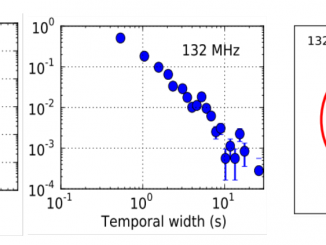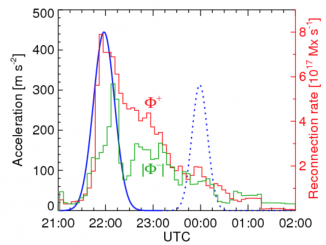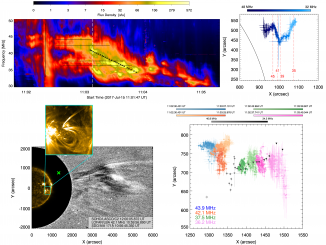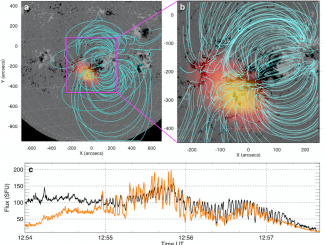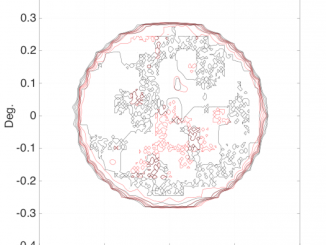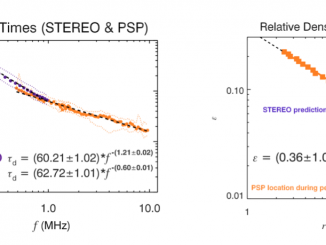First radio evidence of impulsive heating contribution to the quiet solar corona
by Surajit Mondal et al
The solar community has been trying to understand the mechanism responsible for coronal heating for several decades now. In the past decade, a number of studies have shown that the active regions and the coronal loops are heated impulsively. However, such a consensus is yet to be reached for the quiet sun. Past searches for impulsive events in the EUV and X-ray are yet to provide conclusive evidence in favour […]

